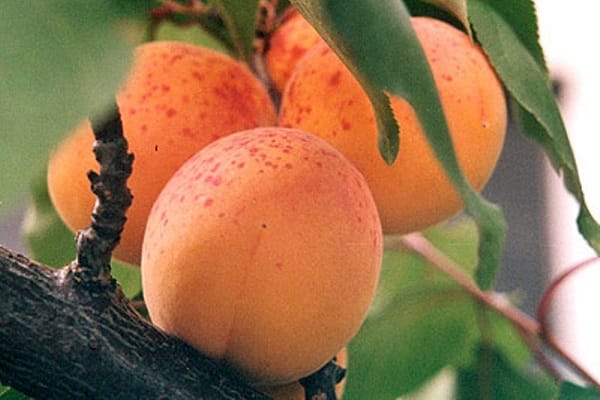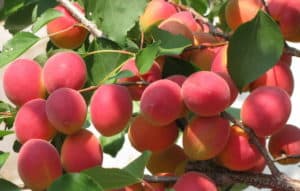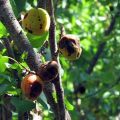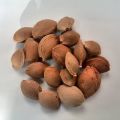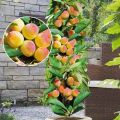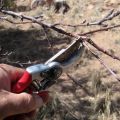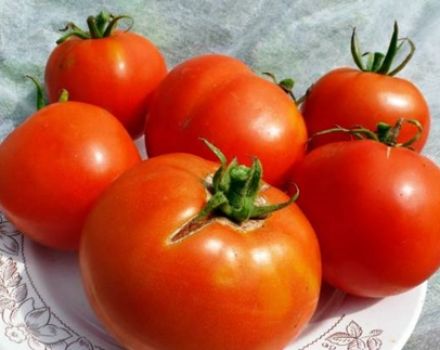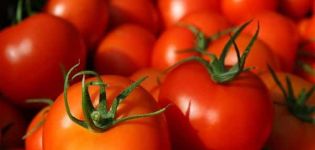Description of the variety of apricots Kievskiy Early, characteristics of frost resistance and yield
For several decades, thermophilic apricots have been steadily moving to the north of Russia, where they have become popular among gardeners. Domestic breeders have bred about 50 species of plants that are resistant to cold weather. The apricot Kievsky Early stands out especially. The description of the variety is discussed below.
History of origin
Acclimatization of heat-loving crops is a huge work that deserves great respect. Thanks to Michurin I.V., apricots began to tolerate northern conditions well.
Frost-resistant apricot species were developed in the Ukrainian SSR in 1914-1935. Later, scientists from the Institute of Horticulture of the UAAS bred a new variety, which differs from many others in its improved characteristics.
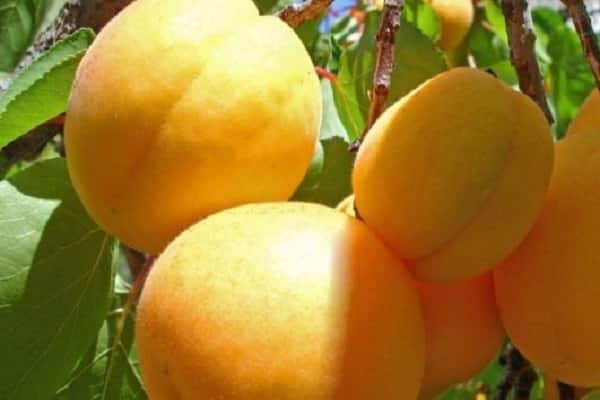
Description of the variety
The trees are considered to be of medium height. Their height rarely exceeds 3 meters. The leaves of the Kiev Early apricot resemble the shape of a slightly elongated heart, the top is drawn out, along the edges there are small teeth.
In the description of the variety, a special place is given to fruits. Apricots are of medium size, their weight is about 80 g. The shape is slightly elongated. The apricot pulp has a pleasant light yellow tint, juiciness, sweetness and slight sourness.
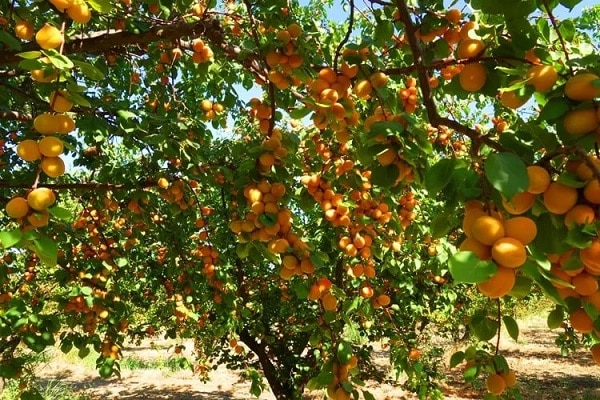
Growing features
Having planned the planting of apricots on your site, you should immediately take into account the type of climate, relief and soil composition.
Choosing a place and time
Trees are placed on level areas, without lowlands. The presence of groundwater closer than 2.5 meters is unacceptable, because the apricot does not like waterlogging.
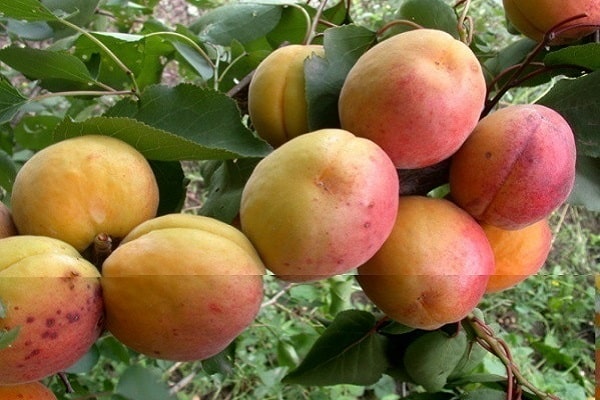
For the seedling, only the lightest corner of the garden is selected, protected from the winds. It is very important for the crown to provide sunshine throughout the summer day. Otherwise, the shoots will stretch out and become thin, therefore, less ovaries are formed. Subsequently, the taste and appearance of apricots will deteriorate.
The landing time depends on the areas. In the south, where warm autumn prevails, Kievsky Early sits from October 15 to November 30. In these conditions, it is important to complete the work 14 days before the arrival of cold weather, otherwise the roots will not have time to get stronger.
In areas with cold autumn, early spring is ideal for planting. When a positive temperature is established, the buds still do not bloom, and the soil warms up by 10 cm.
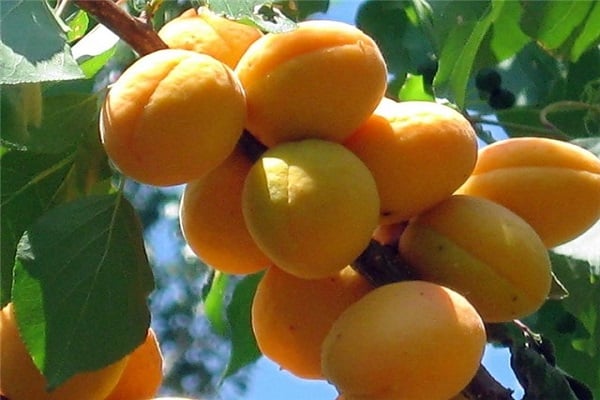
Selection of seedlings
It is necessary to select plants according to the following requirements:
- age - 1-2 years;
- height - about 70 cm;
- bark with no cracks and spots;
- the presence of 2-3 strong taproots, 25 cm each;
- visible grafting - 10 cm from the root neck.
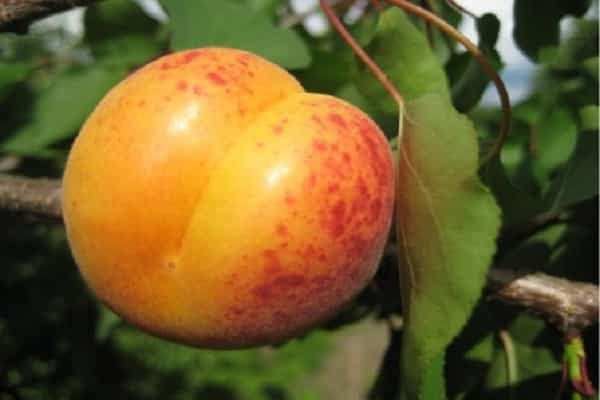
Landing rules
Pits are dug 14 days before disembarkation. Added to the bottom:
- humus - 30 kg;
- superphosphate - 100 g;
- potassium sulfate - 100 g or ash - 400 g.
Attention! Acidic soils are preliminarily limed (500 g of substance per 1 square meter). Compost with dry clay 10 kg is applied to the sandy soil.
Before planting, plant roots are immersed in water for several hours to saturate with moisture. The seedling is placed in a pit with a spread root. A stake of 80 cm is set near the tree. The plant is filled up, the root collar remains open 5 centimeters from the ground.
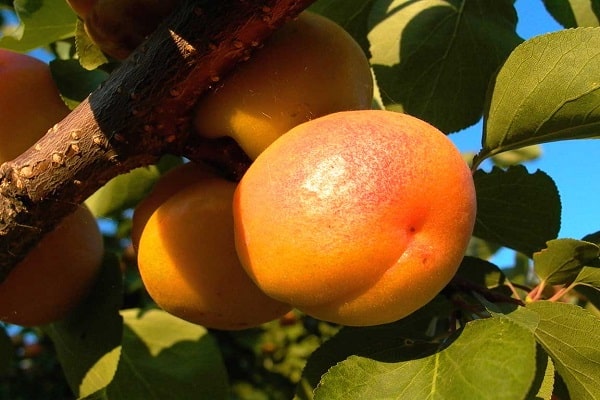
The apricot is loosely tied to the peg. A circular groove is made around the trunk, where up to 2 buckets of water are poured. Further, the soil is mulched with straw or sawdust.
To protect the seedling from possible frost, it is sprayed with "Epin" and covered with agrofibre during the first days.
If planting is done in spring, the plant is cut at 80 cm in height, this will stimulate branching well. Pruning cannot be done in autumn; it is better to transfer it to next spring.
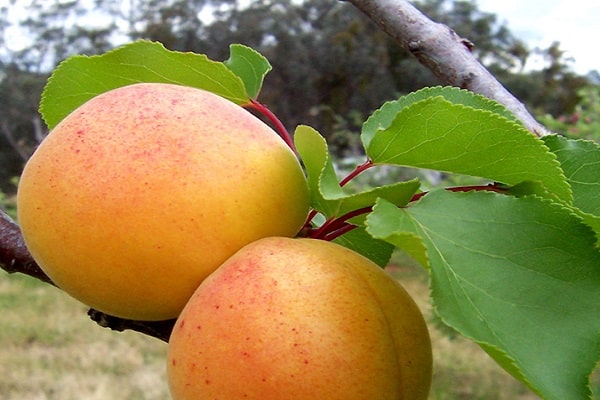
Care rules
Apricot Kiev Early pleases gardeners with a rich harvest. But this requires following the rules of agricultural technology.
Watering and feeding
Young trees have a need for moisture. They are watered once every 2 weeks: 20 liters per plant.
Fruitful Kiev apricot requires good watering 3 times per season - during bud dissolution, after the formation of flowers, before harvesting in 14 days.
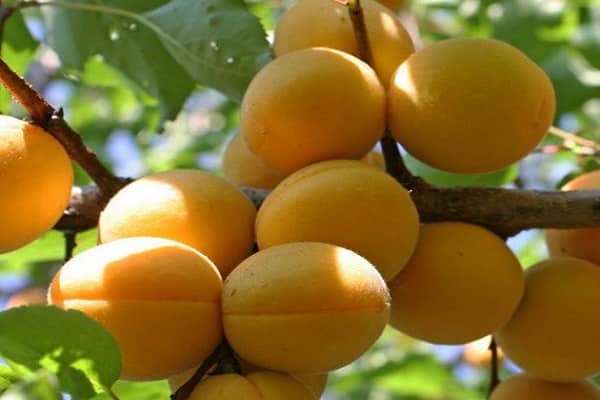
Provided that the Kiev Early Apricot is planted in the soil, which was previously fertilized, no top dressing is done in the first summer. Only next spring ammonium nitrate is added to young trees at the rate of 30 grams per 1 square meter. Or organic is used. In the fall, you need a phosphorus-potassium supplement.
Preparing for winter
Apricot Kievsky Early is winter hardy. Frosts below 25 degrees damage skeletal branches and destroy buds.
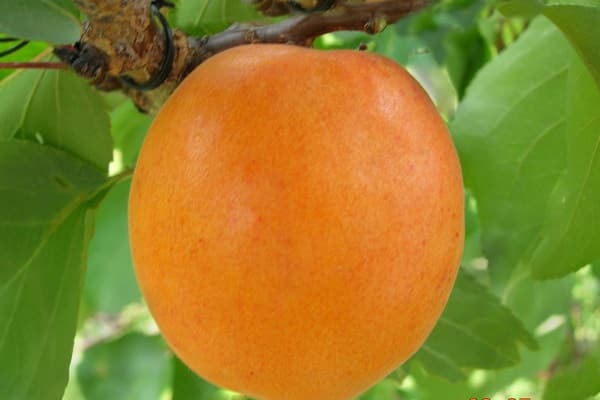
The trunk is whitewashed without fail. An insecticide is added to the solution to prevent frost damage.
A layer of humus with straw is placed around the tree. When the weather sets in with a temperature of -2 degrees, the apricot turns around. Mostly used is agrofibre or burlap. For greater insulation, a non-woven material is added.

Pests and diseases
When brown spot appears, all fallen leaves are removed, the plants are treated with "Hom". The gray rot is neutralized by the Horus. Cytosporosis is killed by using 2% copper sulfate.
If the Kiev apricot attacked the moth, the drugs "Benzophosphamide" and "Match 50" will be able to save the trees. Traps with a special sticky layer are additionally installed on the branches. Kinmix or Agravertin will save you from the aphid invasion.
